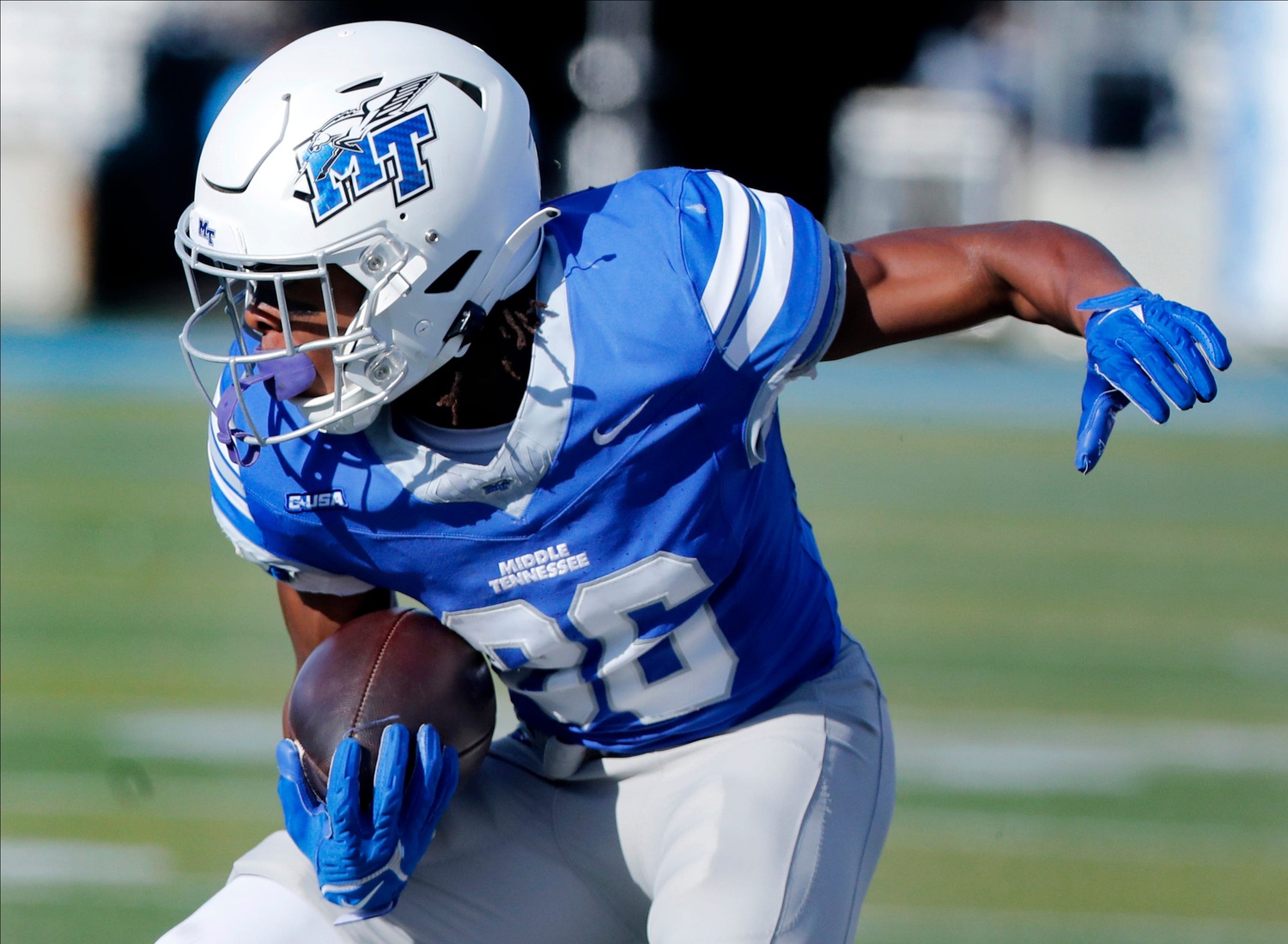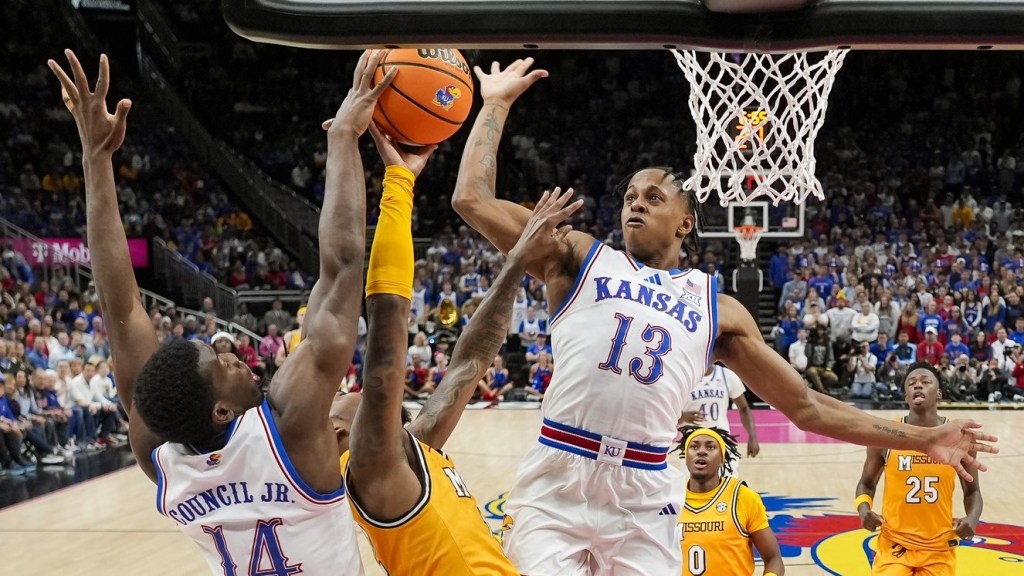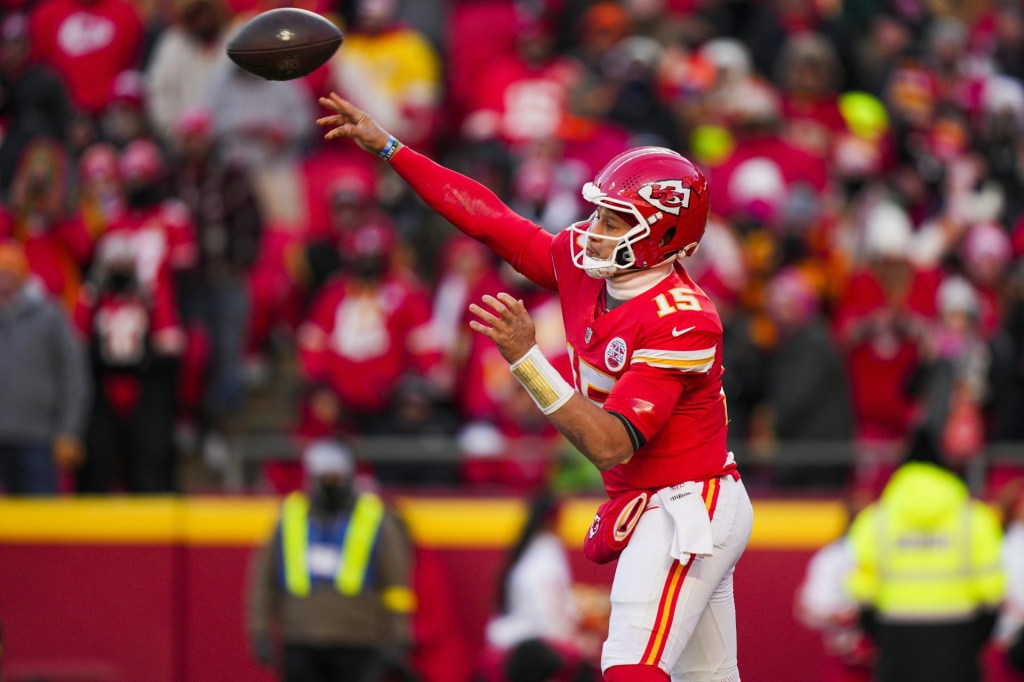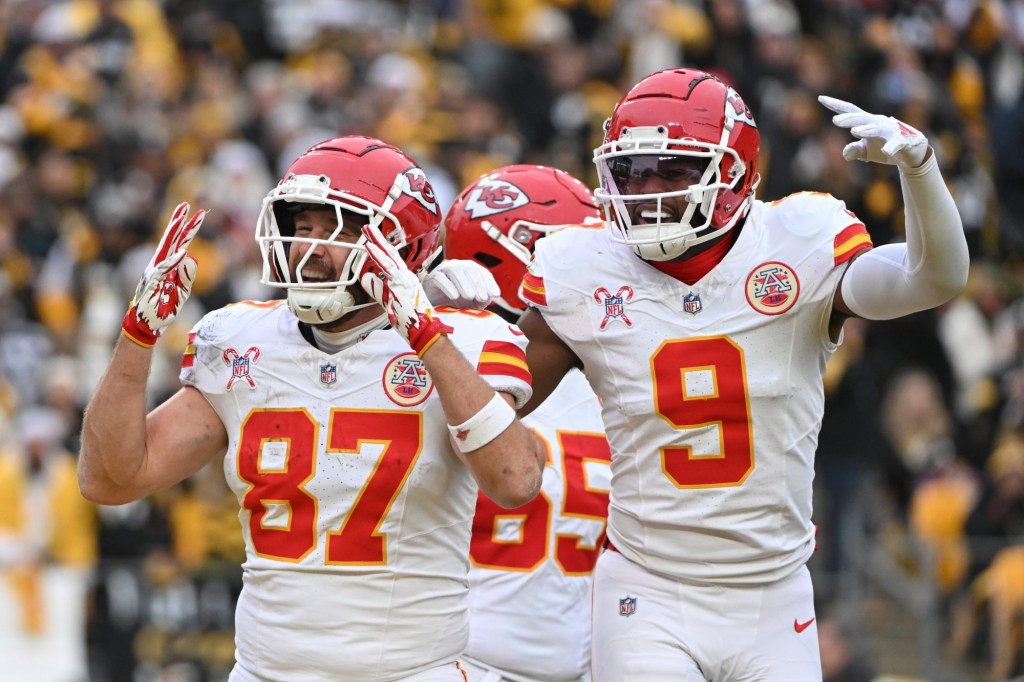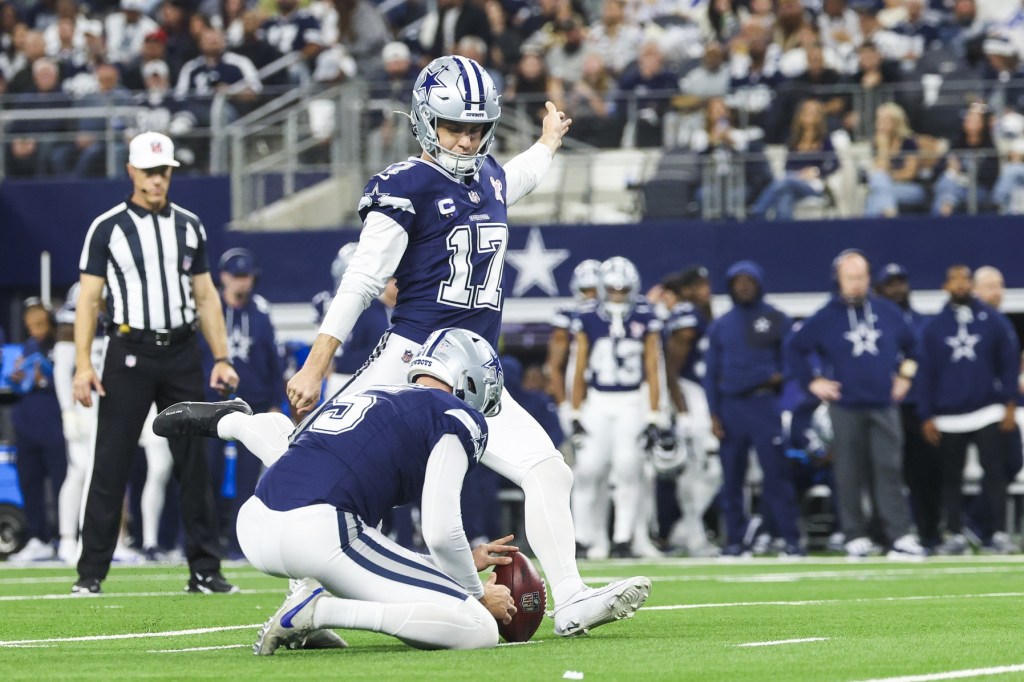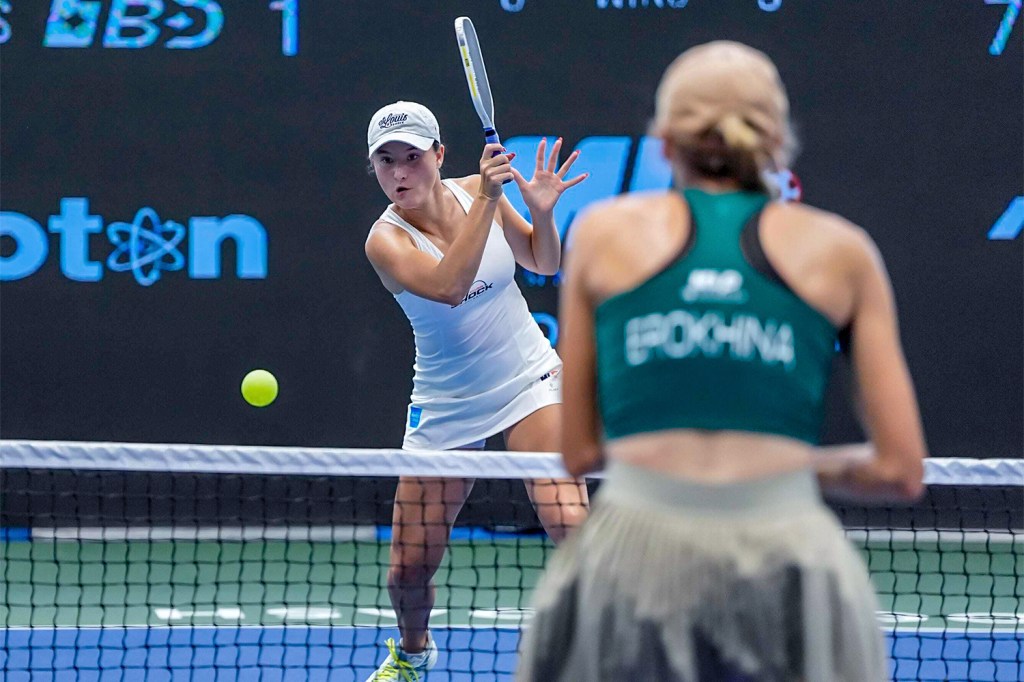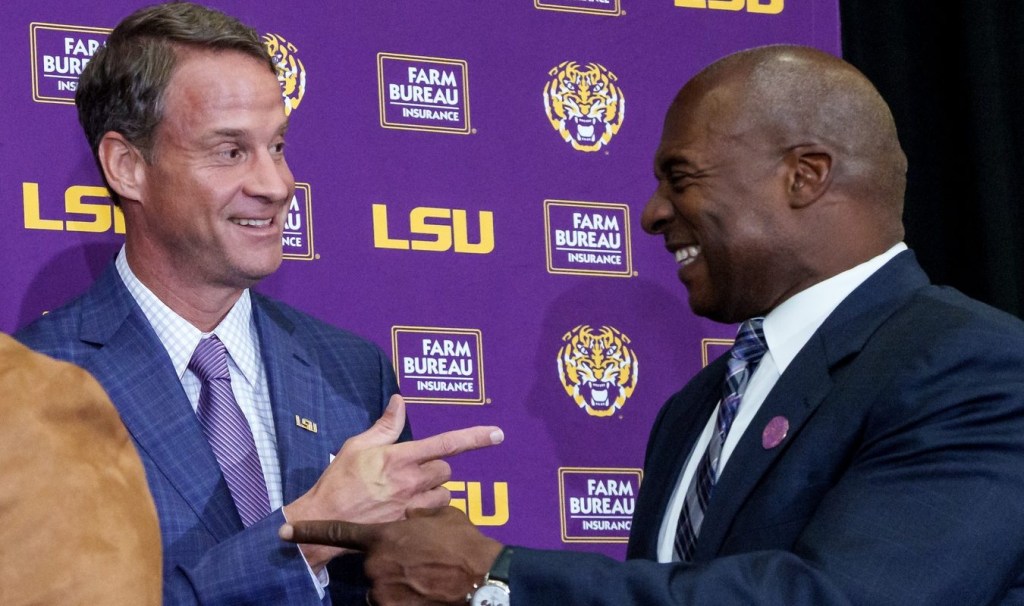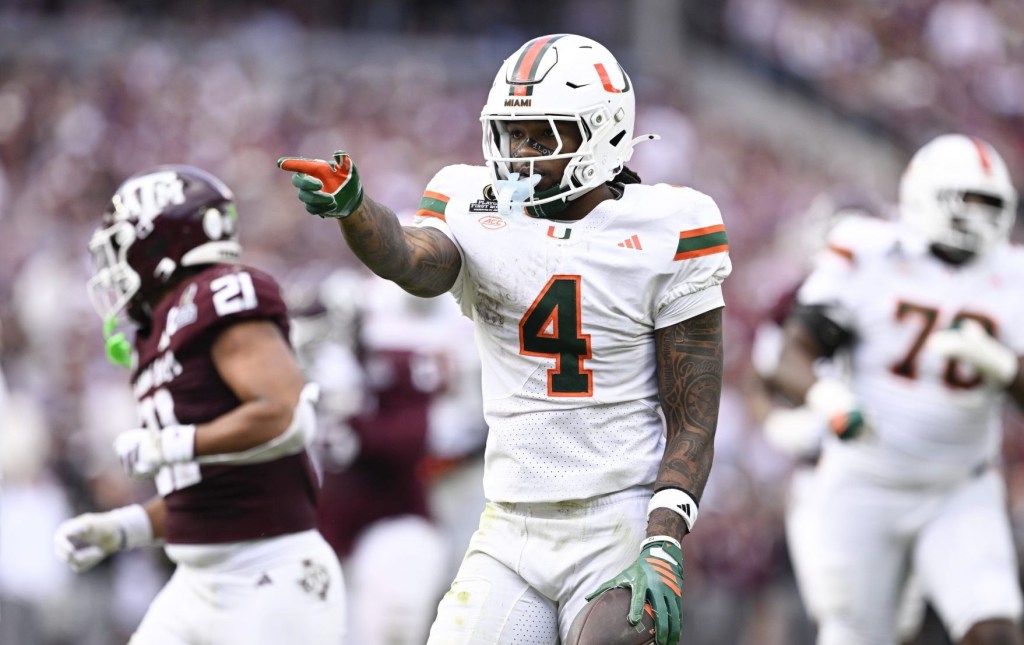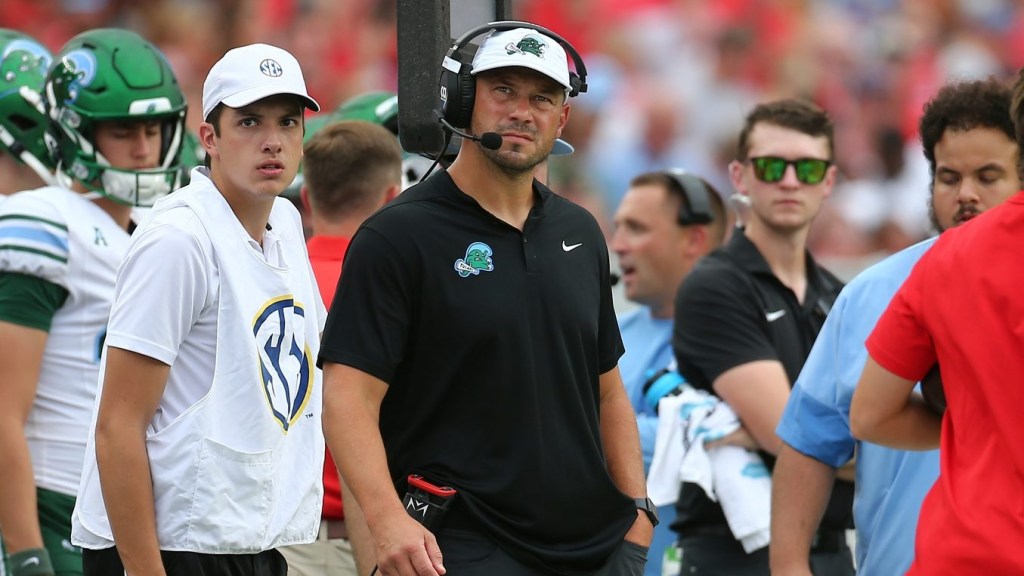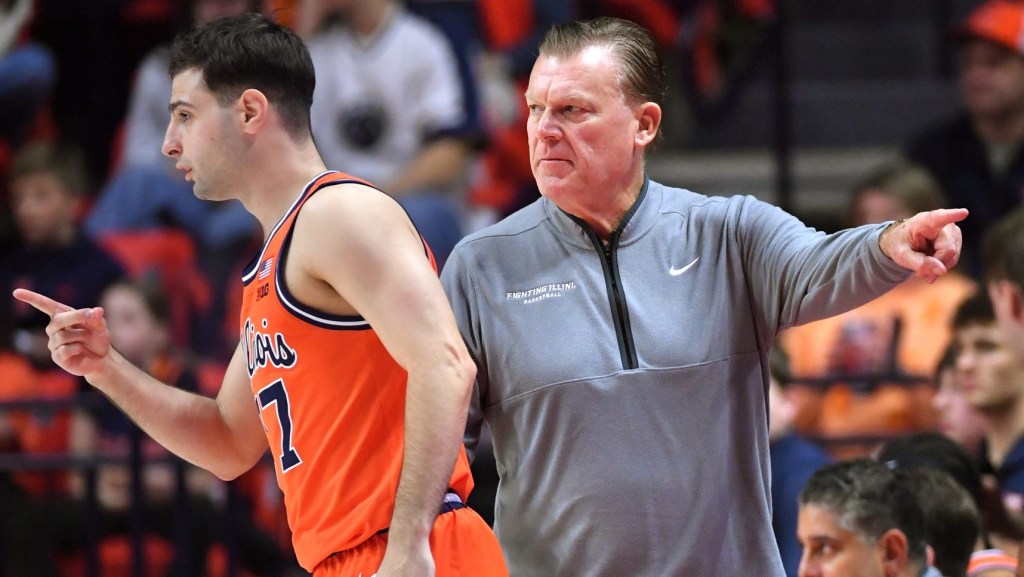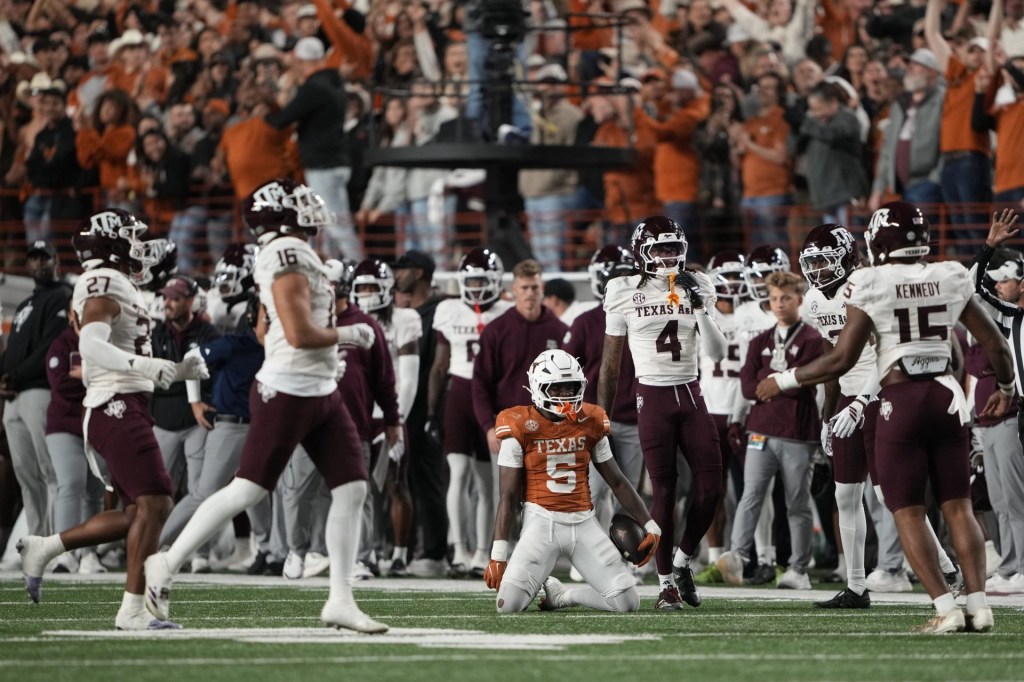The resources of Power 4 college football programs are unmatched—Texas’s lineup of Lamborghinis for recruiting visits, and reports of some rosters built off $20 million in NIL (name, image, and likeness) funds.
Even uniforms are a massive investment, especially for schools such as Oregon, which boasts an annual array of new gear. For the 68 non-power schools with a Division I FBS team, including Middle Tennessee State, dropping hundreds of thousands of dollars on new uniforms isn’t just a drop in the bucket.
For the upcoming season, the Blue Raiders made a new commitment to their football players to gain a financial—and competitive—edge. Backed by newly appointed GM Dana Marquez, MTSU has saved $668,000 by eliminating several alternate uniforms and cutting back from 408 helmets to reinvest into its football program—including NIL.
“How are we going to best compete against different positions if we’re sitting here spending money on stuff that really we’re only wearing one time a year?” Marquez tells Front Office Sports. The three-year plan started with cutting two of their uniforms (black and gray) and four of their helmets. “We just went with one color, and we did a game helmet and a practice helmet,” Marquez says.
A half-million dollars will come from the helmet reductions, and eliminating the two uniforms will save $84,000 each. The money is going toward easing salary-cap burdens in the post–House v. NCAA settlement era, and hiring new people within the football program. But a large percentage is going toward NIL payments.
Thirty percent of the roster is receiving some amount of NIL payout, Marquez says. And although MTSU is using some of its saved money to directly fund these monthly infusions, it’s also earmarked a portion of it to form a pool of cash that will go to players.
The catch: They must earn it.
“If we’re going to pay you $2,000 a month and you want to make $4,000, you’ve got to work to get the $4,000. And we show you how to do that,” Marquez tells FOS.
Players are eligible to increase their monthly allocations by working directly for the Blue Raiders. For example, the team visits the local farmers market every Saturday and meets with the vendors. The offensive linemen recently met with a peanut butter company, T’s Nuts, and created their own spreads they help sell.
Players, divided into position groups, have also turned into ticket salesmen. They’re currently competing for a grand prize for the most tickets sold to the Aug. 30 home opener against Austin Peay. (Marquez declined to provide the prize.) The special teams unit has already filmed a local commercial.
“What it’s doing collectively is getting them engaged in the community, and now our fan base is now recognizing our players,” Marquez says. “That’s what NIL was supposed to be. It wasn’t meant to be, ‘Here’s a bunch of money. Go play football.’ Our big difference, across the country, is that our athletes have bought in.”
As MTSU is finding success, why aren’t other Group of 5 schools taking the same approach to NIL money? Marquez believes other programs haven’t been flexible in a new world of NIL demands, either unable or outright refusing to adapt to the new landscape.
“Everybody’s still running off of an old model of, ‘This is the way athletes are done,’ and they’re trying to compete with the Power 4, and that’s not who we are,” Marquez says. “My goal was to educate our players, our parents, our agents, of having my own business and understanding what it [takes to be] an entrepreneur.”
It’s a different approach—but he says that if MTSU can explain the model to athletes during their recruiting visits, “you [can] show that you care about the athlete more than just a football player. I think you earn that trust a little bit more than what you would normally do.”
After finishing 3–9 in 2024–25, the team’s second straight sub-.500 season, MTSU produced 247Sports’s No. 3 recruiting class in Conference USA—its best since 2013—behind only Jacksonville State and UTEP. NIL and the earning model played a big part in building the roster.
As the college football season begins, MTSU is eyeing its first bowl game since 2022. Reaching the milestone would be validation that its uniform experiment is working—and that maybe, with money tighter than ever in the revenue-sharing world, the Blue Raiders have found a new blueprint.
